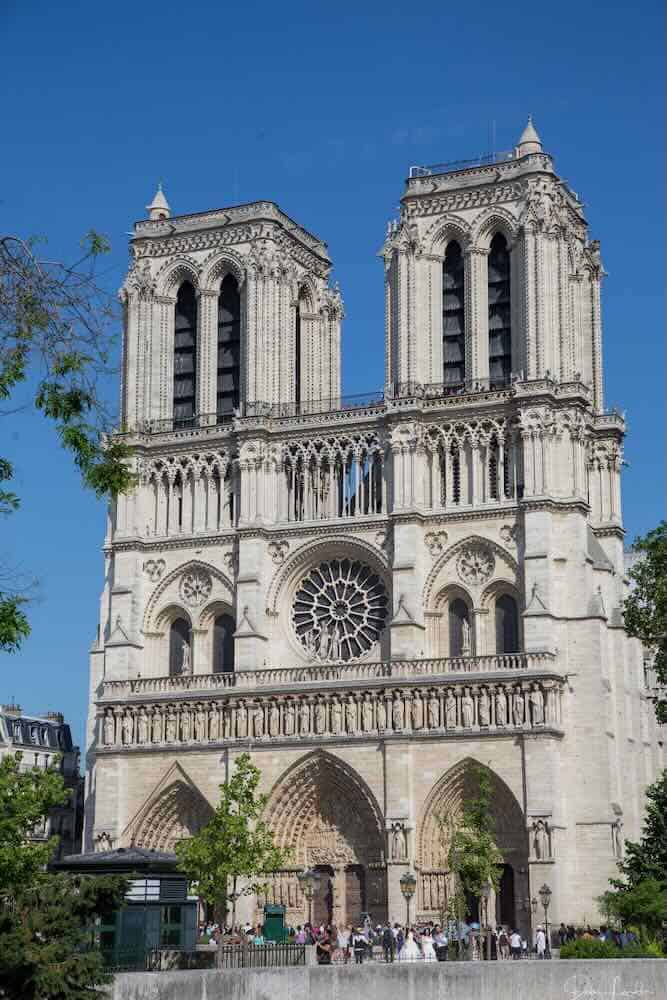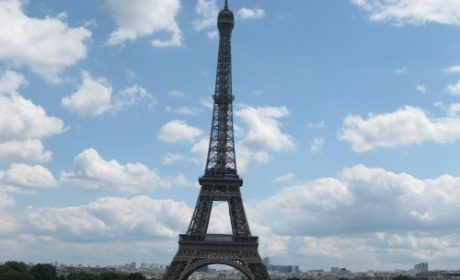Is a trip to Paris, France on your bucket list? With so much to see and do, it’s easy to cram too much into your itinerary, leading to a rushed, stress-filled experience. And that’s not our idea of boomer travel.
My Itchy Travel Feet featured writer, Debi Lander of ByLanderSea, narrows it down for us. She has chosen 11 Paris highlights for you to see on your first trip to France. Ooh la la!
London, Paris, and Rome remain the celebrated capitals of Europe. They hover high on travelers’ bucket lists for a good reason. Each city embraces its own history and culture yet looks and feels different from the others.
Paris, the City of Light, shines with world-class art, fashion houses, culinary gems, and a cohesive architectural plan thanks to Napoleon III and Baron Haussmann. The entirety presents a remarkable joie de vivre.
Table of Contents
Paris Highlights for a first-time visit
In 2016, I spent a month in Paris and still missed things I wanted to see or do. The variety of activities and sites will overwhelm and exhaust you if you try to cram too much into a short visit. I recommend creating a short prioritized list and leaving others for a return trip.
Many of the major museums and attractions are clustered downtown, within reasonable walking distance. But, consider using the Metro or a bus to save steps (and tired feet.)
Before setting out, confirm each museum’s open and closed days and hours. Purchase a timed entry ticket to the Louvre and Eiffel Tower online.
But use caution and don’t overbook yourself. Save some time for one of the greatest joys in Paris: lingering at a street-side café, sipping coffee, or a glass of wine.
Below are the highlights that will likely interest Boomers. I do not include nightlife, as getting an early start and beating the crowds is wise.
Boomer Travel Tip
MedjetAssist Members who are hospitalized 150 miles from home receive medical transport to a home-country hospital of choice. Memberships from $99.
Eiffel Tower
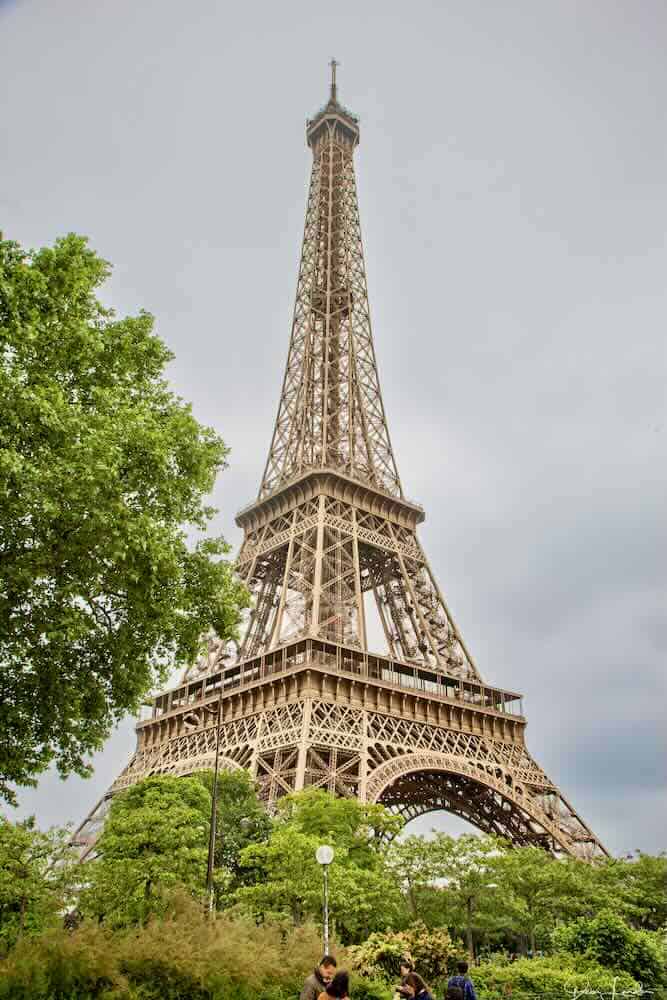
The construction of Gustav Eiffel’s iconic tower, designed for the 1889 World’s Fair, initially met with criticism. But, it gradually became the beloved symbol of the city and is a must for visitors. Expect crowds (and, unfortunately, pickpockets) as this is the most visited monument in the modern world.
Take the elevator 400 feet up to the second level for the best city views. An additional elevator takes riders to the top observation platform at 900 feet. The tower rests 1063 feet above the ground.
The Jules Verne Restaurant (one Michelin star) is on the second level (reservations necessary), and many snack and gift shops. The first level offers 58 Tour Eiffel, a restaurant serving picnic-style lunches or expensive dinners with a view. Again, make reservations. The top level offers a champagne bar.
While you can see the Eiffel Tower from many points in the city, take advantage of the most memorable view. Every night, the tower dazzles on and off with sparkling lights that outshine the illumination of a Christmas tree. Watch and wait at the top of the hour.
Louvre
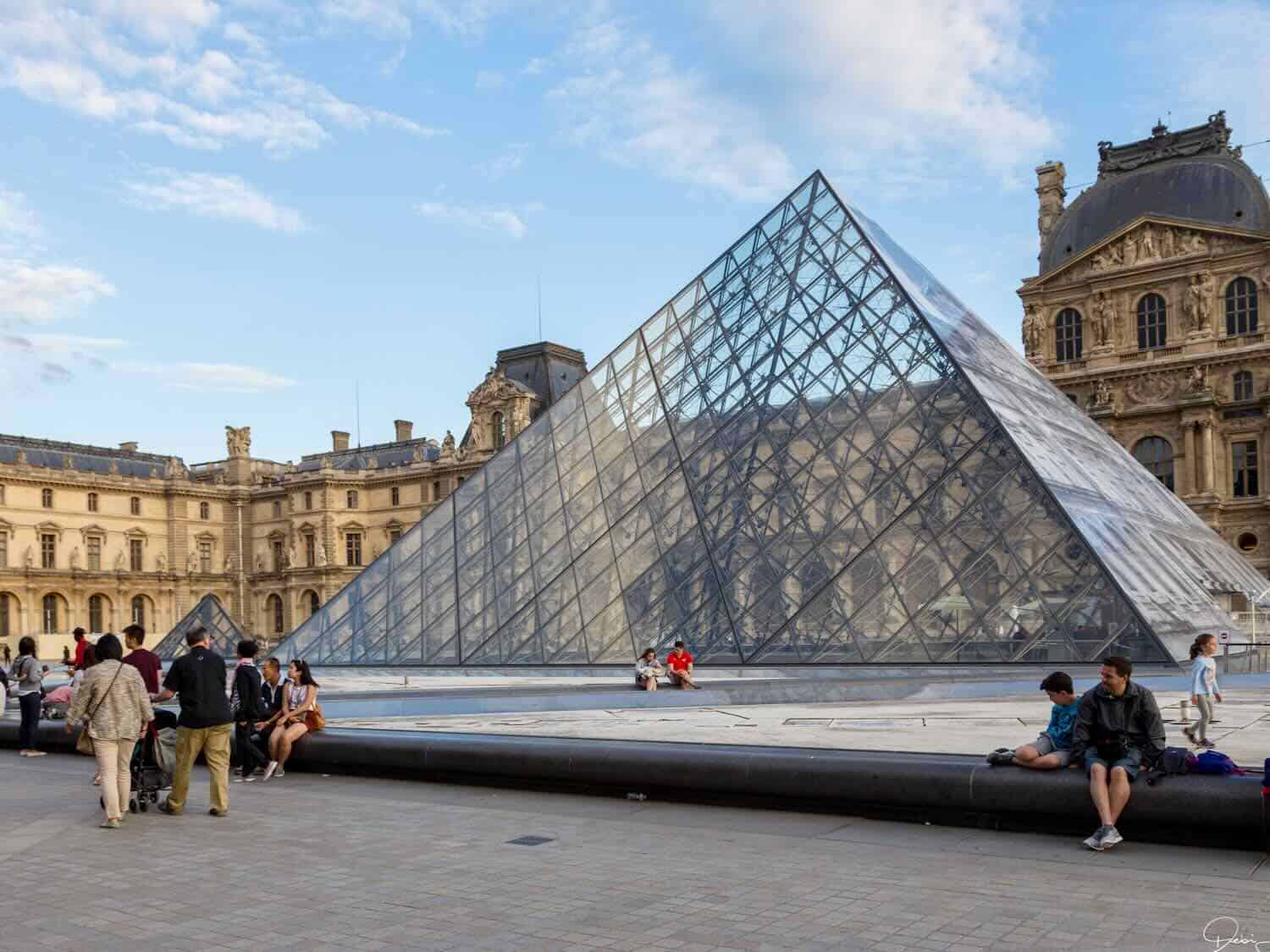
The Louvre stands as a mammoth museum of connected buildings, formerly a royal palace, that is itself a marvel. Everyone loves the glass pyramid, designed by I.M. Pei, that opened in 1989, now the main entrance.
Consider signing up for a guided tour if you are a first-timer, as the vastness of this place can devastate even the most energetic tourist. If you skip a group tour, at least get an audio guide.
The art ranges from the ancient world to 1850. Many people start their tour in the pre-classical Greek wing. Take the stairs up to view the famed Venus de Milo. Continue up more stairs to see the Winged Victory.
The Renaissance area showcases two Botticelli frescoes, works by Cimabue, Giotto, Mantegna, Raphael, and Leonardo Da Vinci. Expect lines and crowds near Leonardo’s Mona Lisa. Tip: Skirt around the sides of the room and pause for a quick glimpse between all the queuing people. Continue along to view a fabulous collection of statues.
Estimates say if you want to see each displayed work of art for 30 seconds, you’ll need around 200 days to cover the 35,000 works of art on display. It takes 5 hours navigate the 9 miles of corridors. At a minimum, plan to spend two to three hours zipping around the Louvre’s most significant pieces.
D’Orsay
The Musee d” Orsay (official website) houses French art of the 1800s ad early 1900s, including Impressionist works. Stroll past the masterpieces of Manet, Monet, Renoir, Degas, Van Gogh, Cezanne, Gauguin, and more on display. The jewels of the Louvre may be a once-in-a-lifetime experience, but many folks enjoy the d’Orsay more.
Those who want to dive deeper into Impressionism, can add a visit to the Orangeries Museum. It’s small but features the massive and beloved collection of Monet’s Water Lilies.
Boomer Travel Tip
In today’s travel climate, trip insurance is a must. Compare policies and rates at InsureMyTrip.
Musee de Cluny
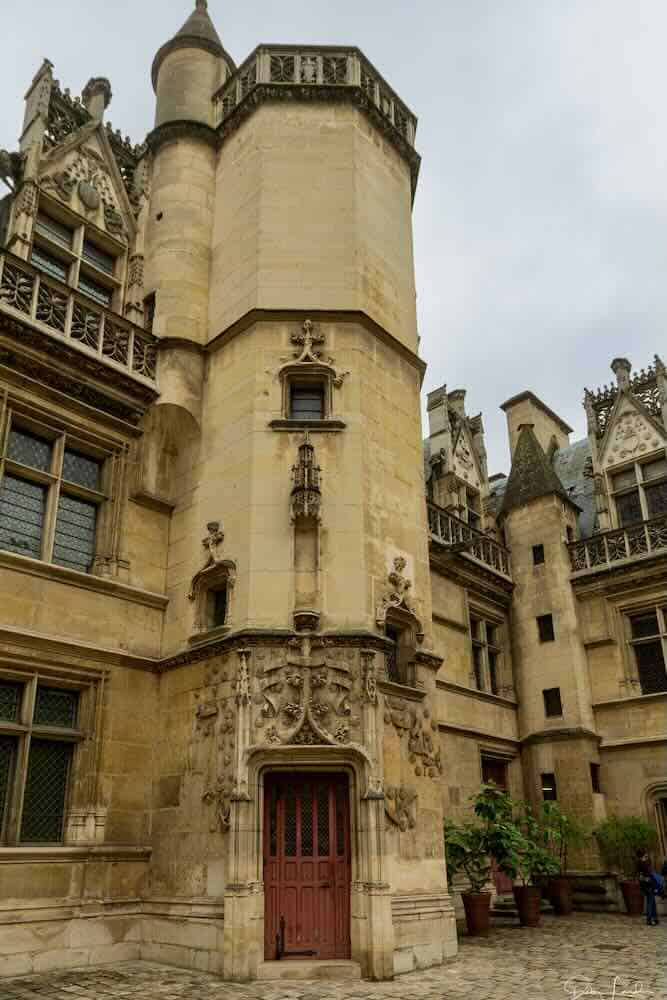
Musee de Cluny is the National Museum of the Middle Ages and one of my favorites. The building includes Roman baths, religious art, and the original stone heads from the statues of Notre Dame. French Revolutionaries cut them off, and someone buried them.
The stone heads lay forgotten for over two centuries before discovery in 1977. Today the heads on the Notre Dame statues are reconstructions.
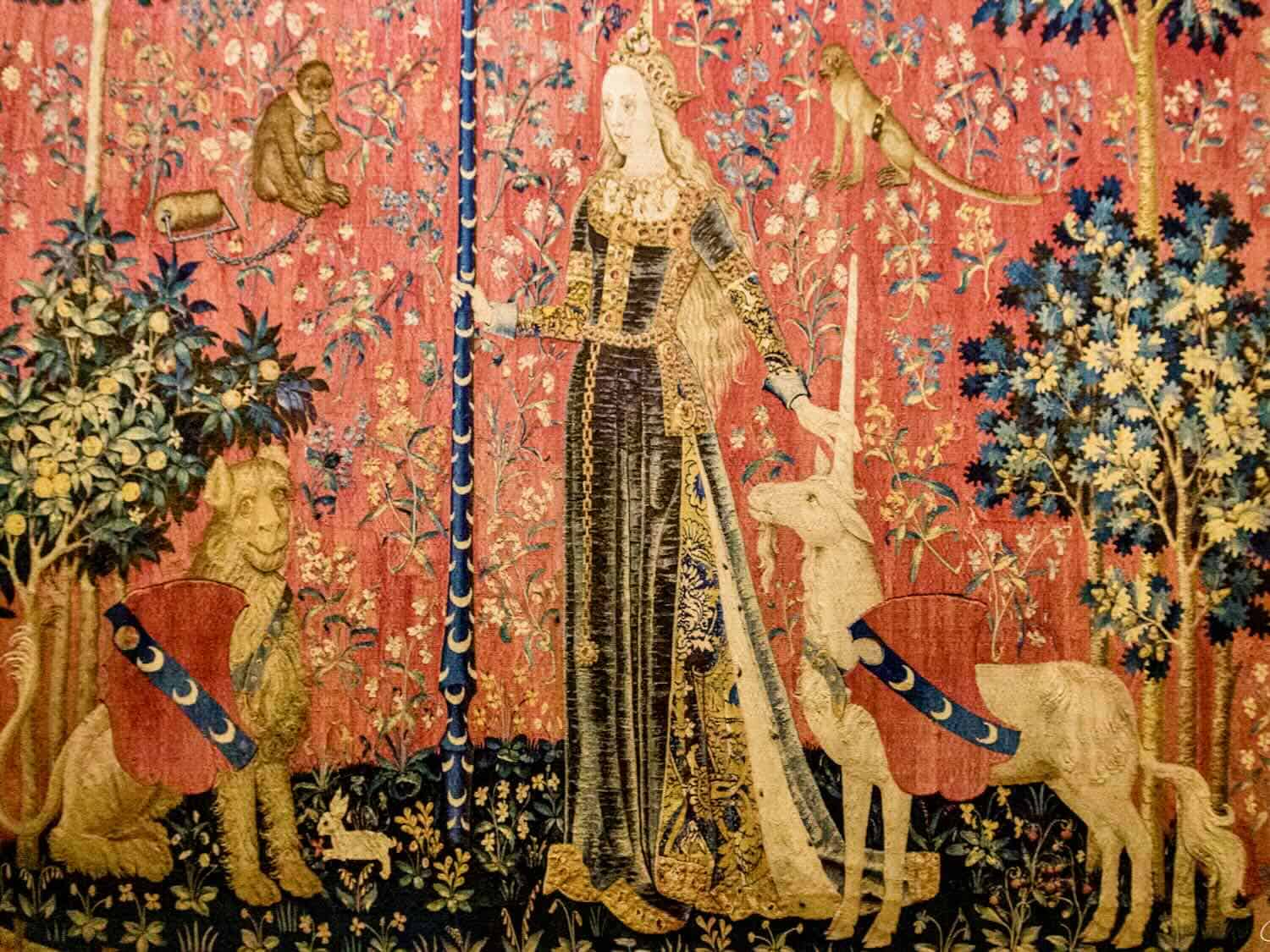
The highlight of the Cluny is six tapestries known as the Lady and the Unicorn. These intricate wall hangings, designed by an unknown artist before 1500 AD, were woven in Belgium. The stitchery’s condition and exquisite detail seem unreal. They alone are well worth a visit.
Sainte Chapelle Chapel
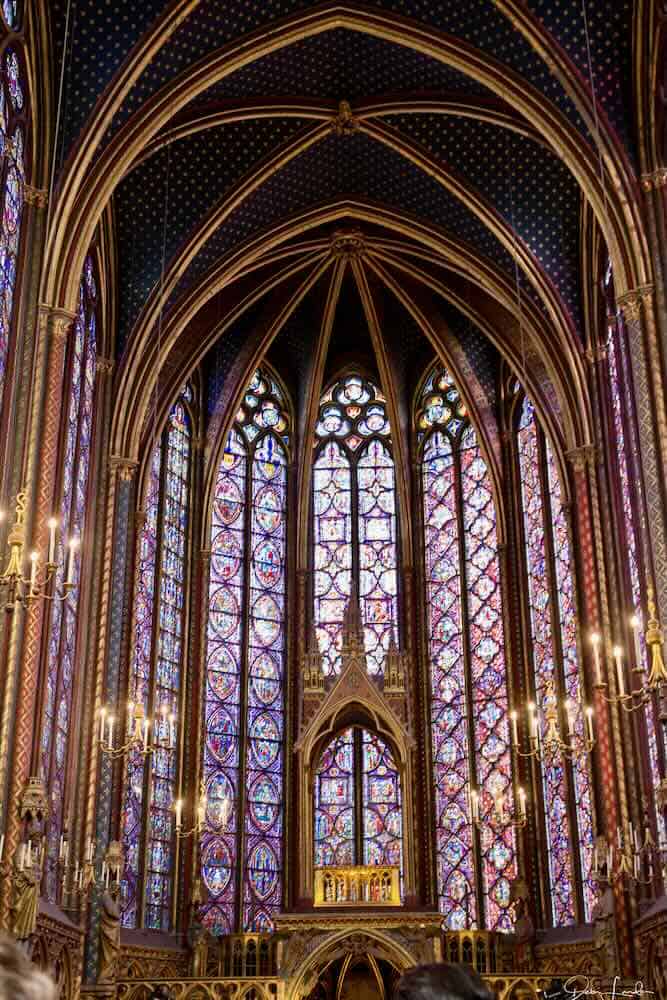
King Louis IX ordered the construction of this private Gothic church (today almost hidden but not far from Notre Dame) between 1242-1248. He is the only French king who is now a saint.
He spent a vast fortune to acquire the supposed Crown of Thorns and house them in Sainte Chapelle Chapel. (However, the Crown was moved to Notre Dame at some point but miraculously spared in the fire.)
Saint-Chapelle feels a bit like going inside a snow globe. The nearly all-glass cathedral radiates incredible beauty.
The chapel contains 15 separate floor-to-ceiling stained glass panels with more than 1,100 biblical scenes. The narrow structural ribs from the windows form the interlaced starry ceiling. The glow of the colorful light filtering through brings a gasp from many visitors.
I’ve been three times, once in the morning, but I thought the interior lacked sunshine through some of the windows. I went another time in the summer and could hardly breathe.
The heat builds throughout the day, and while the beaming shafts of lights are magnificent, I felt like I was baking. My favorite visit came while attending an early evening concert in the chapel. The absolute ethereal beauty surrounded by angelic music created dreamy memories.
Sacre Coeur/ Montmartre
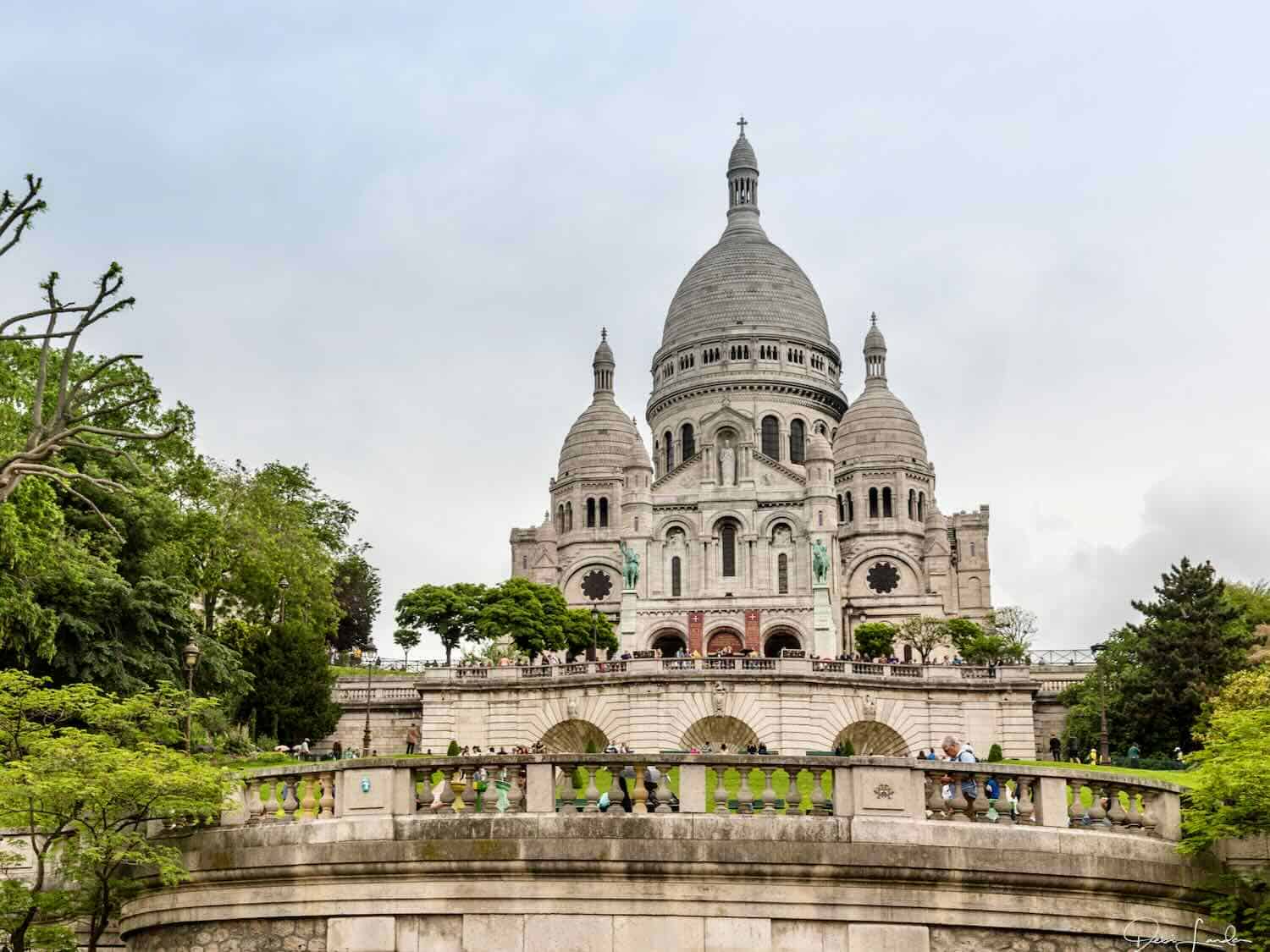
The area known as Montmartre seems to have a different funky vibe. It’s been an artist’s haven, home to nightclubs, the Moulin Rouge or Red Windmill, and a funicular. Investigate the Dali Museum, a Picasso Studio, Toulouse-Lautrec’s House, and Van Gogh’s House, but beware of pickpockets.
Ride the funicular to the top of the hill and tour the Sacre-Coeur Basilica. The five-domed, Roman-Byzantine church took 44 years to build. A 60-foot-tall mosaic of Christ exposing his heart rises above the main altar.
Look for colorful mosaic Stations of the Cross and pause to rub St. Peter’s bronze foot while making a wish or prayer. Those who climb 300 spiral stairs receive unobstructed views of the city.
Arc de Triomphe
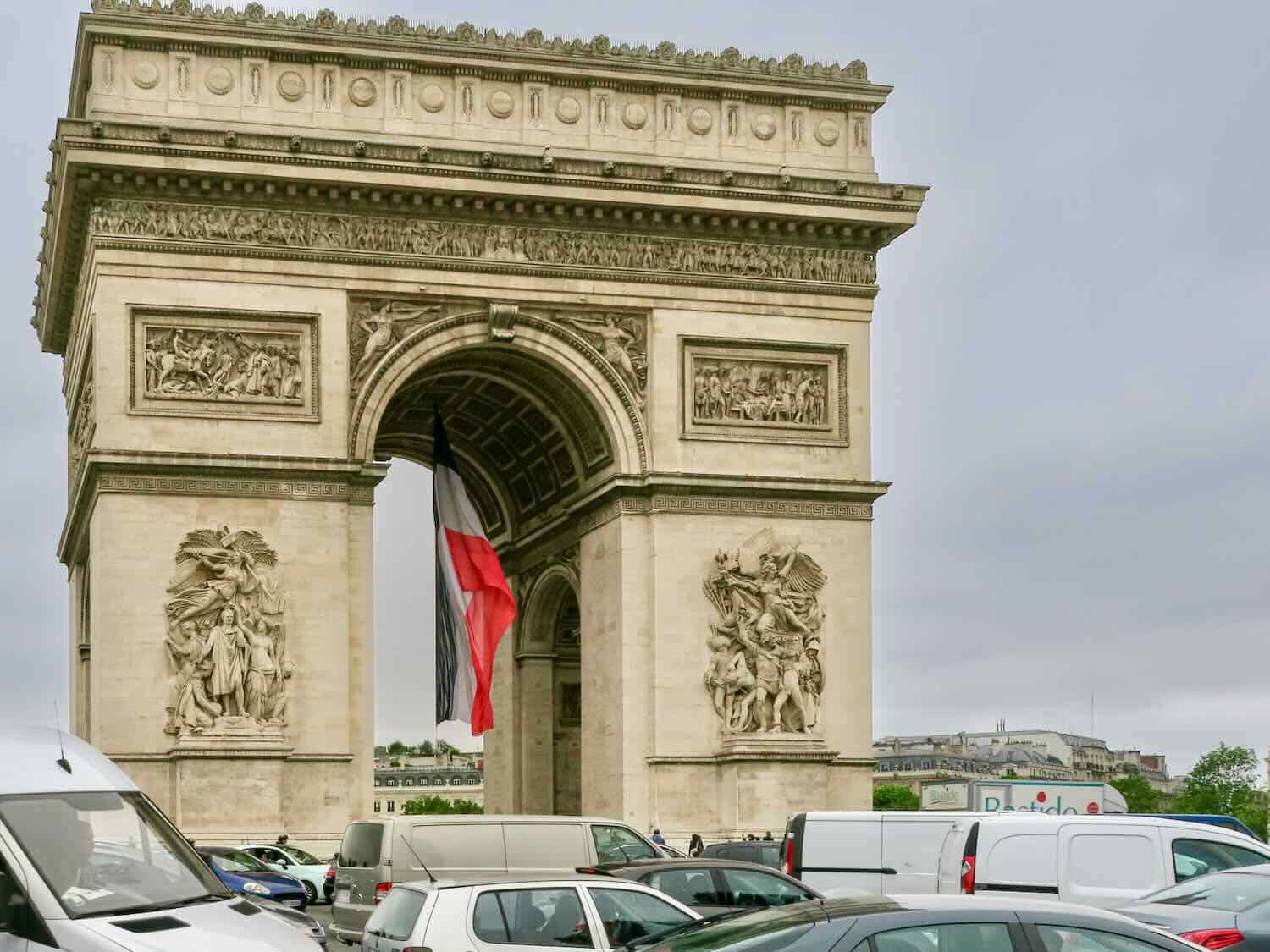
In 1809, Napoleon ordered the construction of a 165-foot arch to honor his soldiers. Modeled after Roman arches but twice the size, it stands at the chaotic intersection of twelve boulevards.
To tour the interior and climb to the top, you must use an underground passageway. Do not attempt to cross the death-defying traffic within the circle.
The base of the arch contains an eternal flame honoring unknown soldiers. I savored the view down the Champs-Elysée from the monument’s roof, but if you need to skip something, pause and just look at the famous arch.
Champs-Elysee
Everyone has heard of the Champs-Elysée, one of the most famous streets in the world. Today it is lined with retail luxury stores, but from the 1920-early 1960s, the boulevard embraced elegant hotels, residences, and cafes.
Shoppers with money browse the posh stores, but again a peek and a stroll down the street may be enough. You might stop at the famous Lauderee bakery and buy some mouth-watering macarons.
While I would never eat in a McDonald’s restaurant in France, I will admit to stopping at the American hamburger shop on the Champs Elysée to use the restroom.
Luxembourg Gardens
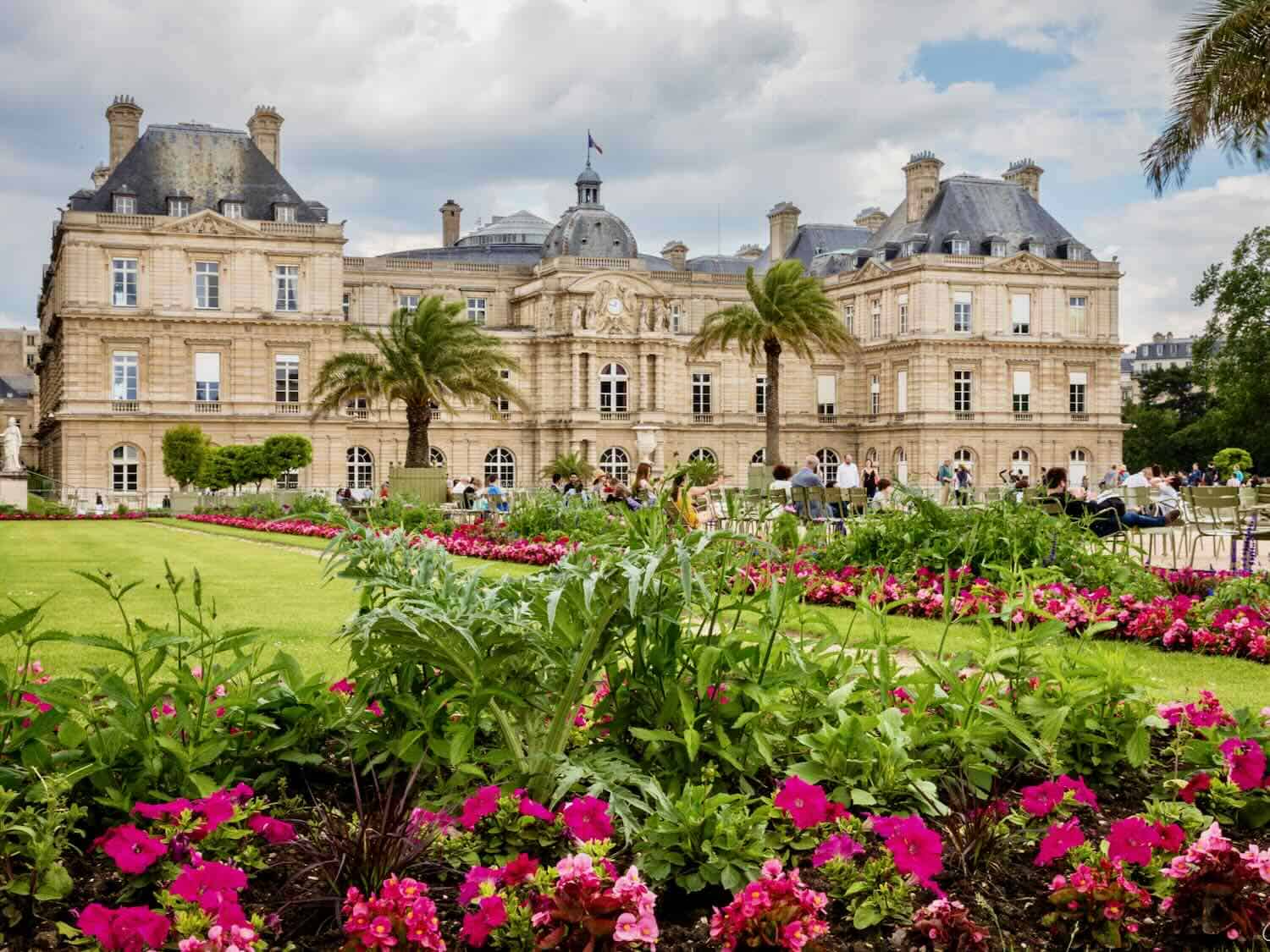
If time permits, wander into Luxembourg’s 60 acres of gorgeous formal gardens, green spaces, and sculptures. Children love to sail little boats on the lake in front of Luxembourg Palace.
The grounds include cafes, walking/jogging paths, tennis and basketball courts, and pony rides. Many residents come during summer afternoons to picnic, sunbathe, and relax. The gardens become a wonderful respite from touring museums and shopping.
Notre Dame Cathedral
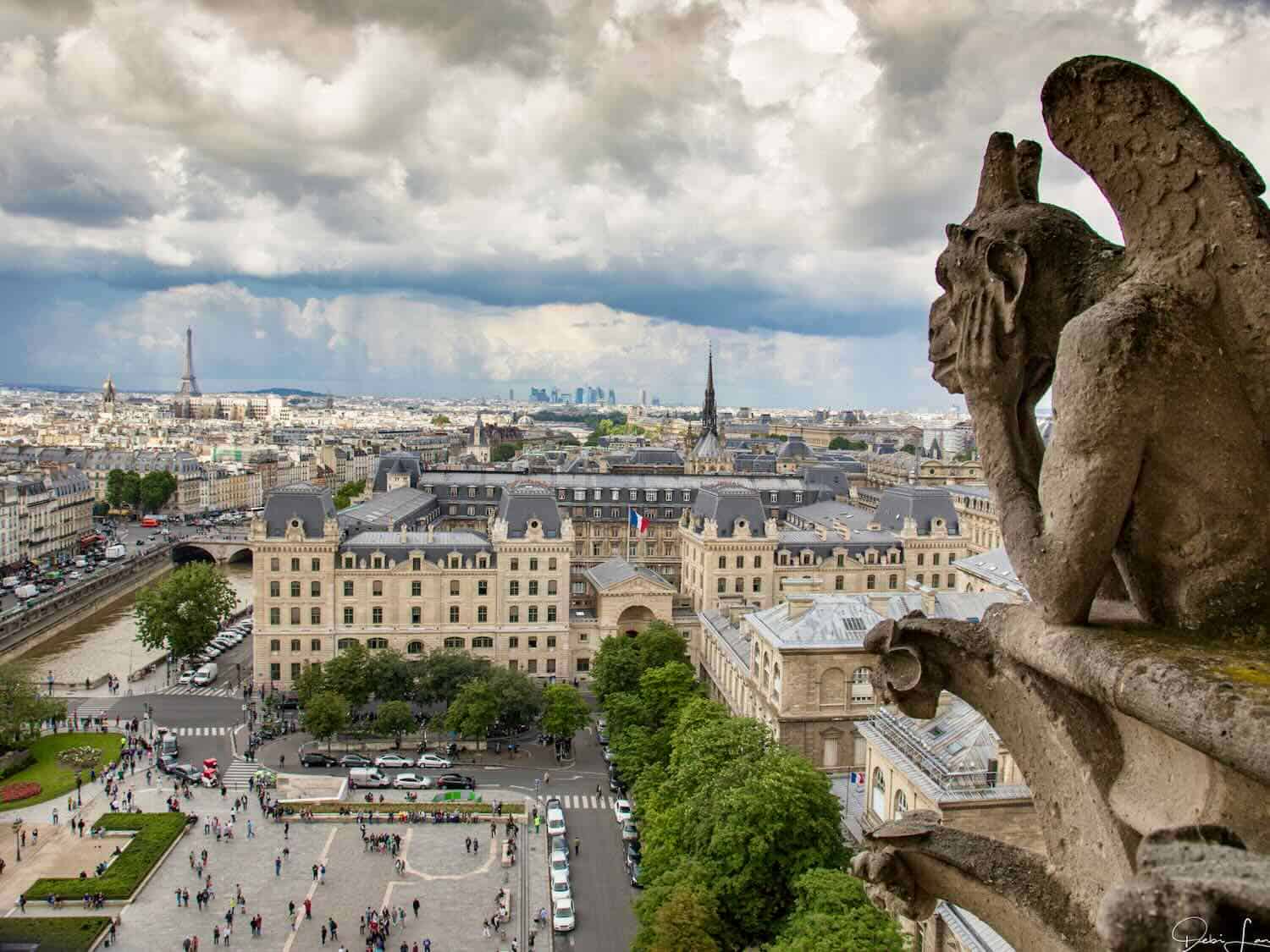
Fires engulfed the world-famous cathedral on April 15, 2019, destroying the spire, roof, and much of the interior. Miraculously, some of the priceless treasures were unharmed.
Notre Dame Cathedral has been closed to the public ever since, and massive restoration efforts are underway. Currently, scaffolding, temporary offices, and lodging units for the artisans and specialists brought to Paris surround much of the structure. The proposed completion date is 2024.
I watched the horrifying blaze, recalling vivid memories of climbing the bell towers and standing eye-to-eye with the iconic gargoyles. I cherish my photos taken there in past years.
Fortunately, the bell towers and façade did not fall, and they are worth a look. You’ll see the exterior of the Rose Window, a line of 28 statues representing the Kings of Judah, figures that the revolutionaries thought were French kings and slashed off their heads. (You can see the originals in the Cluny Museum).
Of course, the doors of the main entrance and two portals remain closed. Photos and signage along one side of the cathedral explain the restoration work.
The cathedral’s history goes back to the cornerstone laying in 1163. Over centuries, the building fell into disrepair.
Victor Hugo’s book The Hunchback of Notre Dame, 1831, inspired architect Emmanuel Viollet-le-Due to dedicate his career to renovating the Gothic jewel. The 315-foot tall, picturesque spire, added in 1859, crashed onto the floor during the blaze but will be rebuilt.
The Sidewalk Cafes

Every visitor to Paris should indulge in a coffee, glass of wine, or meal at a sidewalk café. I’ve eaten breakfast, lunch, and dinner at some, always served good coffee, pastries, and tasty meals.
Once you sit down, the table is yours for as long as you want. You must request the check, as servers will not hurry you.
More Suggestions for what to do in Paris
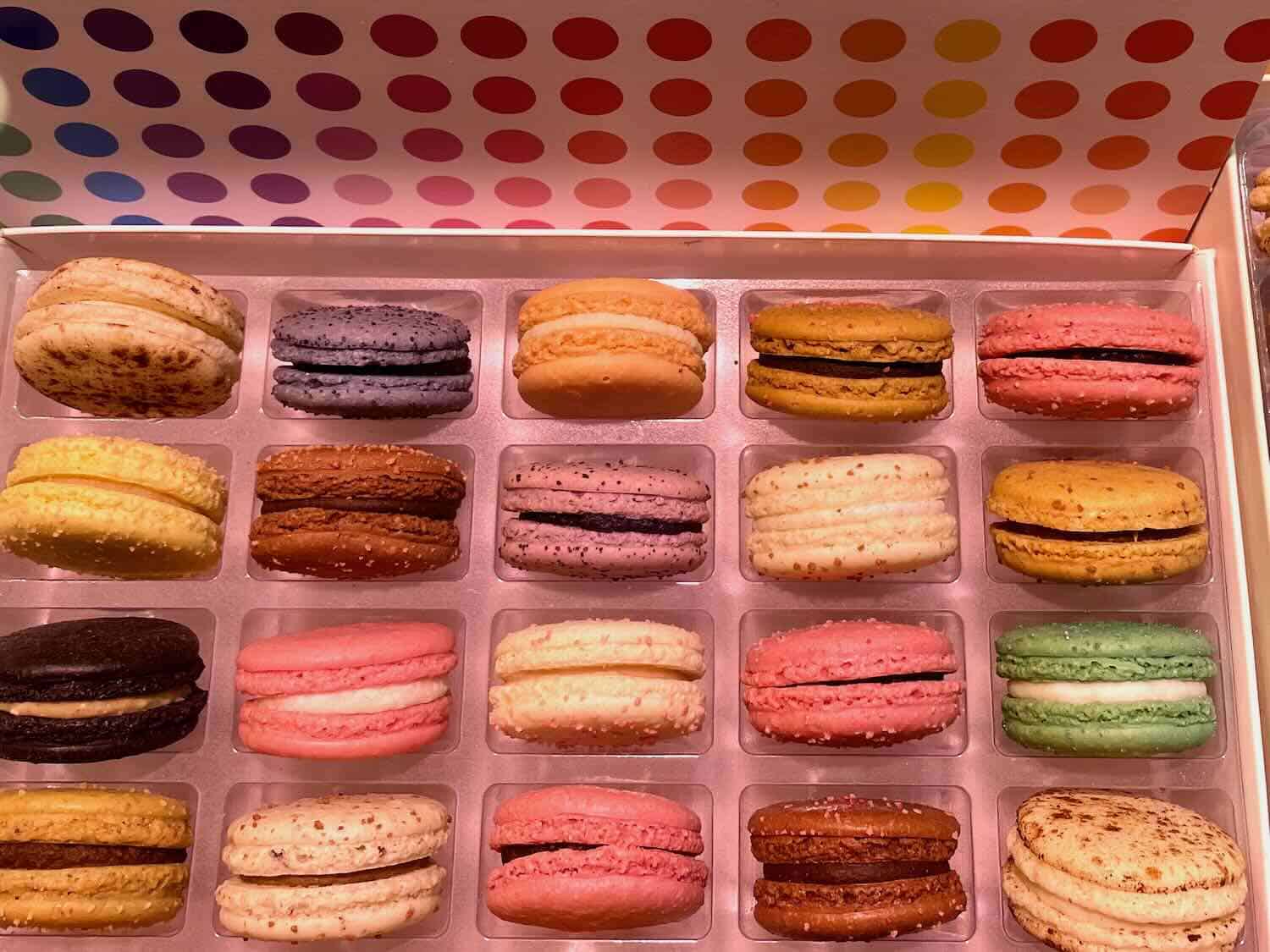
Many bridges in Paris incorporate sculptures worth appreciating. One of the best ways to see them is to take a sightseeing cruise on the Seine. In the evenings, some boats offer dinner/sunset cruises. While touristy, they give you a different and lovely water level view.
To see Napoleon’s Tomb, you must buy a ticket to the Military Museum. For this reason, I did not include it as a must-see.
The Rodin Museum is more of a statuary park than an indoor museum. But, The Thinker is there, surrounded by tall boxwoods.
I have yet to go inside the opulent Paris Opera Garnier. Visitors can take a tour and gaze at the eye-popping red-velvet theater, ornate lobbies, and chandeliers or see it during a performance.
I took a fabulous macaron-making (cooking) class at La Cuisine Paris. So much delicious fun! Make reservations as early as possible, as they sell out.
If you plan to stay long enough to visit many museums, check into a Paris Museum Pass. It may save you money.
When you need a break from touring the city, take a day trip to Versailles. You won’t regret it!
I highly recommend Rick Steves’ Paris Guidebook before, during, and after your trip. I often look up something after I visit.
Boomer Travel Tip
Viator offers a wide selection of tours and skip-the-line tickets. Most offer free cancellation as well. Take a look!
My favorite place to stay in Paris
I can only recommend one property that I have stayed in twice, about ten years apart. The Hotel Caron de Beaumarchais is a small boutique hotel in the Marais district.
You can walk over the bridge and reach Notre Dame within ten minutes. The owner is most helpful, speaks English, and the cost is most reasonable.

